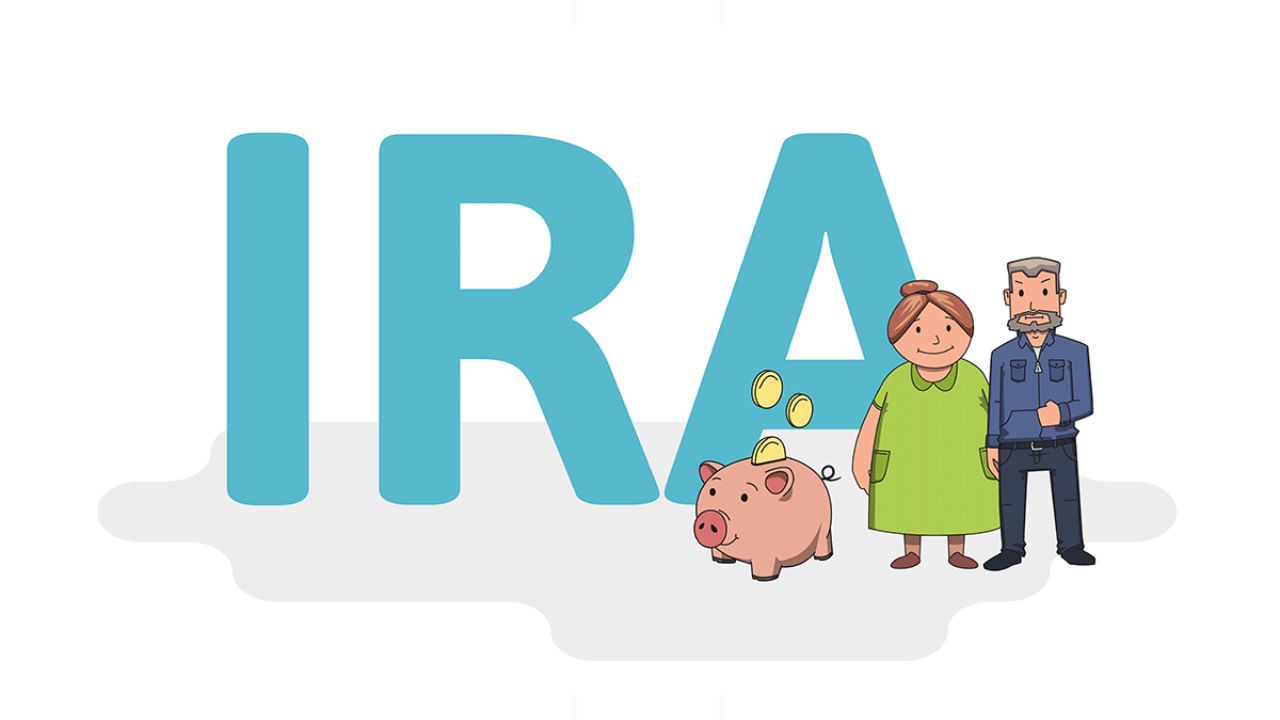Average IRA Holdings for Americans in 2024: In November 2023, GOBankingRates surveyed 1,063 U.S. adults and found that nearly half of them have $500 or less in their savings accounts, leaving them vulnerable to unanticipated expenses.
A majority of Americans, specifically 21%, maintain savings accounts containing $5,001 or more, while 29% maintain accounts containing between $501 and $5,000.
Individual Retirement Accounts (IRAs) are considered a critical element of retirement planning for a considerable number of Americans. By utilizing these tax-advantaged accounts, individuals can accumulate funds for their golden years by capitalizing on tax deductions or tax-free growth. In actuality, however, what is the average American contribution to an IRA?
Average IRA Holdings for Americans in 2024
The median average, as opposed to the mean, represents the midpoint among a specified set of data, offering a more accurate illustration in scenarios where distributions are asymmetrical. According to the latest data available, The Motley Fool has projected that the median amount of retirement savings held by American households will be around $87,000 in 2022.
However, it is imperative to note that this figure denotes the median value. A contrasting proportion of the American populace holds savings below $87,000, with one-half possessing such an amount. There is a high likelihood that the true distribution of IRA balances is even more asymmetrical, with a significant portion of individuals holding diminished balances.
Indeed, it is worth noting that the average retirement savings of white Americans stood at $100,000, while those of other ethnic groups possessed significantly less. Black families saved an average of $39,000, while Hispanic families saved $55,600.
A survey by GOBankingRates exposes this discrepancy. Around fifty percent of the respondents specified that a minimum balance of $500 was required in their savings accounts. The findings from the survey of 1,063 American adults revealed a systemic shortfall in savings. A minority of the participants (21%) indicated that they possessed savings surpassing $5,001, while a mere 29% maintained savings ranging from $501 to $5,000.
Check Out: States with No Tax on Retirement Savings: A Look at the Tax Return 2024
Do you have to be worried if your IRA is not up to the average?
While maintaining an average IRA balance of less than $500 is not cause for alarm, it is critical to ensure that the fund has sufficient exposure to stocks.
Assume you are 35 years old and maintain an IRA balance of $58,300 at present, which represents 50% of the mean balance. By refraining from making any further contributions to your IRA, the growth of your current $58,300 could potentially reach $151,000 in ten years, assuming an IRA investment return of 10% on average per year. The 10% increase is analogous to the mean return observed in the stock market during the preceding fifty years.
Individual equity investments are feasible via IRAs, constituting a beneficial characteristic. On the other hand, 401(k) plans generally enforce limitations on investment choices, including mutual funds and index funds that prohibit the selection of individual stocks.
As an alternative to selecting individual equities for one’s IRA, one may opt for broad market exchange-traded funds (ETFs). You obtain immediate diversification without having to conduct an excessive amount of stock-related research.
Check Out: The Retirement Savings Goal for a Comfortable Life in Indiana Revealed



















